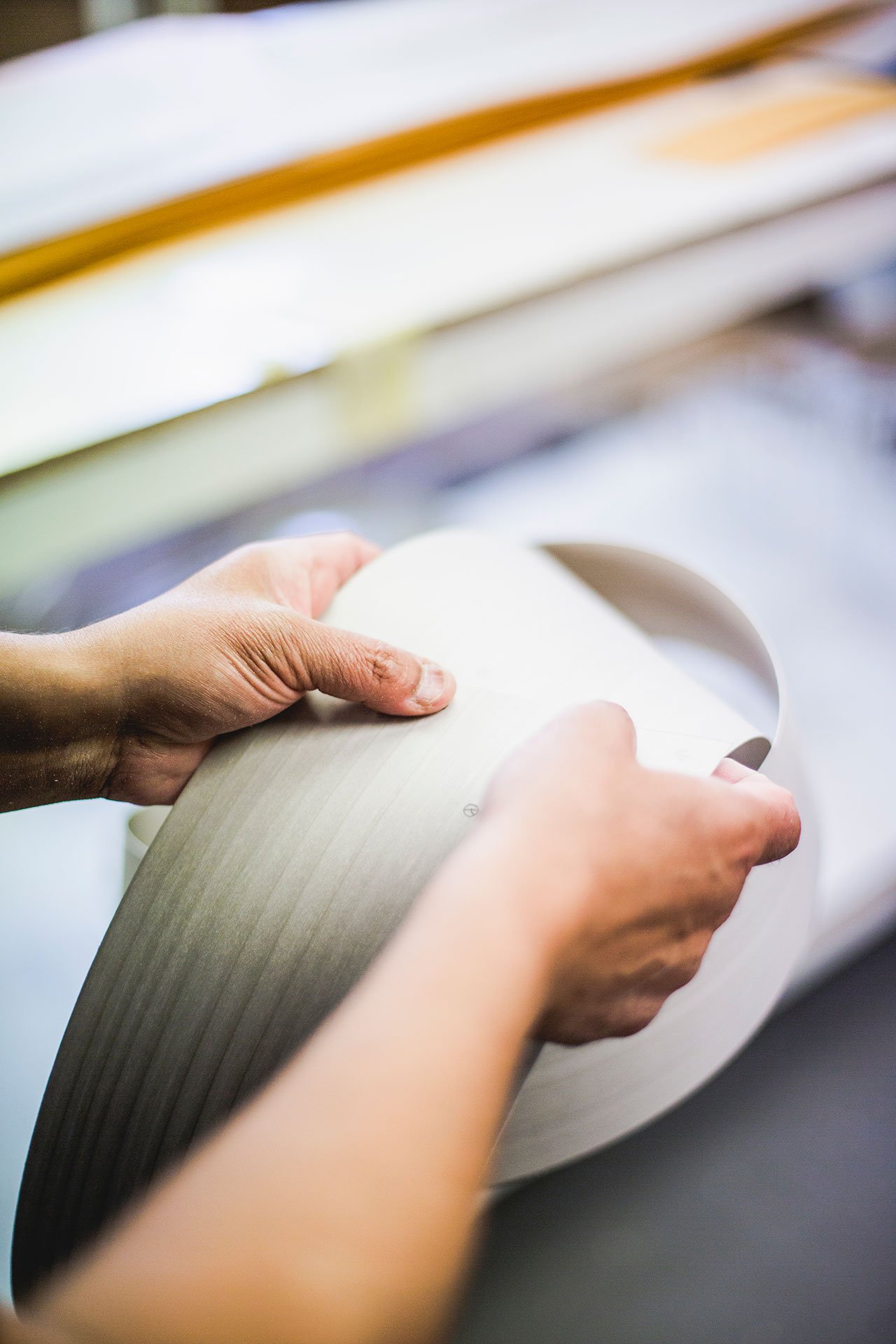
Handmade work in LZF Lamps’ factory. Photo © LZF Lamps.
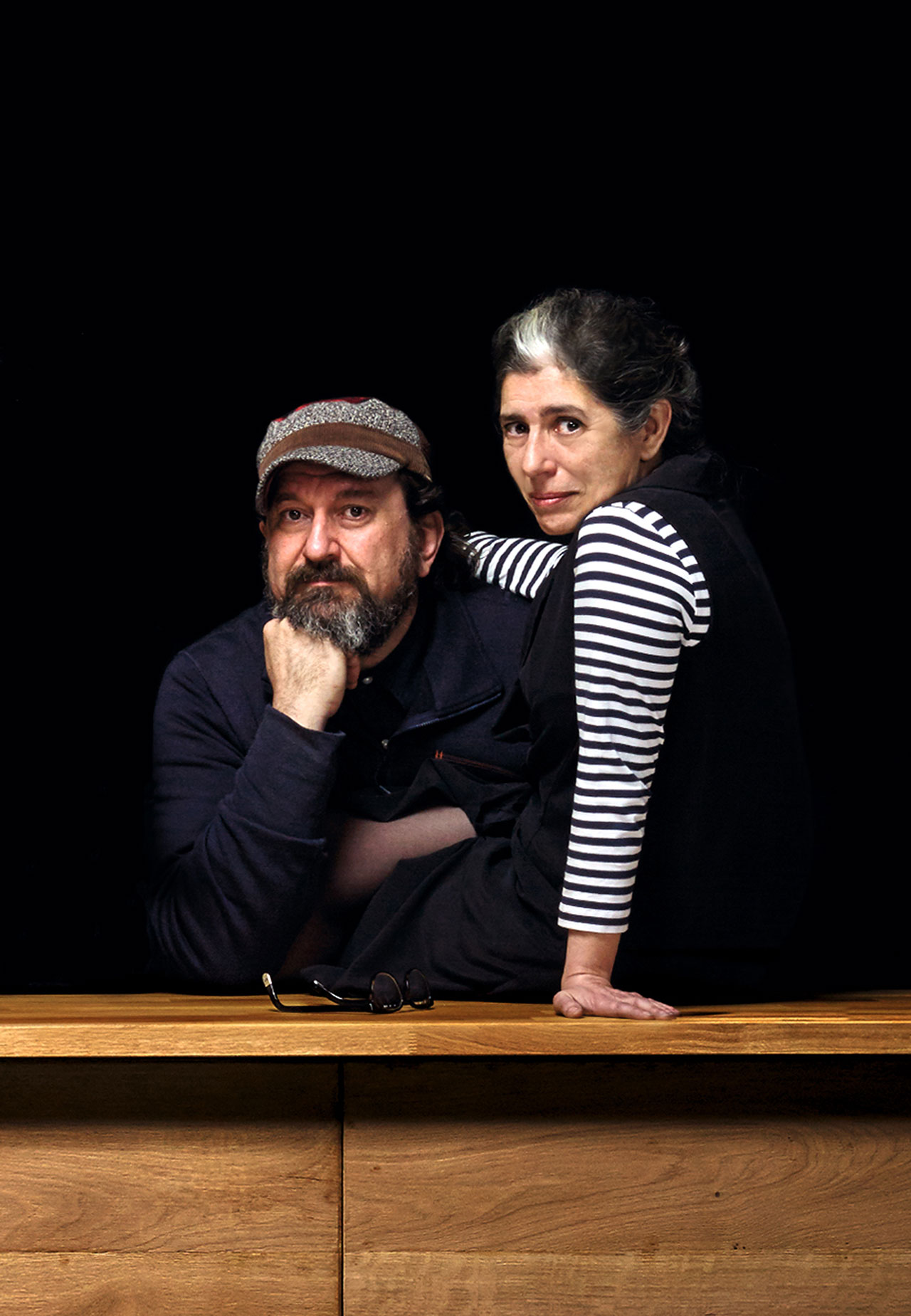
Picture of Marivi Calvo and Sandro Tothill, founders and soul of Lzf Lamps. Photo by Santiago Relanzón.
The serendipitous circumstances of its origins and the inherent obstacles that had to be overcome distilled a wondrous contradiction into the company: although it is a niche manufacturer that exclusively makes hand-made luminaires out of wood veneer, the company’s creative vision knows no bounds, a consequence of and a testament to its founders’ quixotic ethos and inquisitive sensibility.
Nowhere is the company’s ingrained resolve for innovation and creativity more apparent than in LZF’s Valencia workshop where a dedicated group of in-house artisans, brought together from hands-on professions such as ceramics, shoe-making and seamstressing, have been pushing the company’s materia prima, namely natural cherry, natural beech wood and tulip poplar veneers, to its limits. For more than two decades now, a growing family of craftsmen and women have been hand-bending, twisting, folding, drilling, punching, cutting, dyeing and even embroidering wood veneers from sustainable sources with great skill and gusto—the latter technique showcased in Stitches, a recently launched series designed by Egbert-Jan Lam of Netherlands-based Burojet Design Studio and winner of the Excellent Product Design Award at this years’ German Design Awards.
The advances in veneer crafting have been matched by LZF's embrace of cutting edge LED technologies: most of its products now feature integrated dimmable LED light sources, the dimmable capability being essential for effective lighting design which depends on context, time of day and desired ambiance, while the rest are wired for LED or low energy compact fluorescent bulbs.
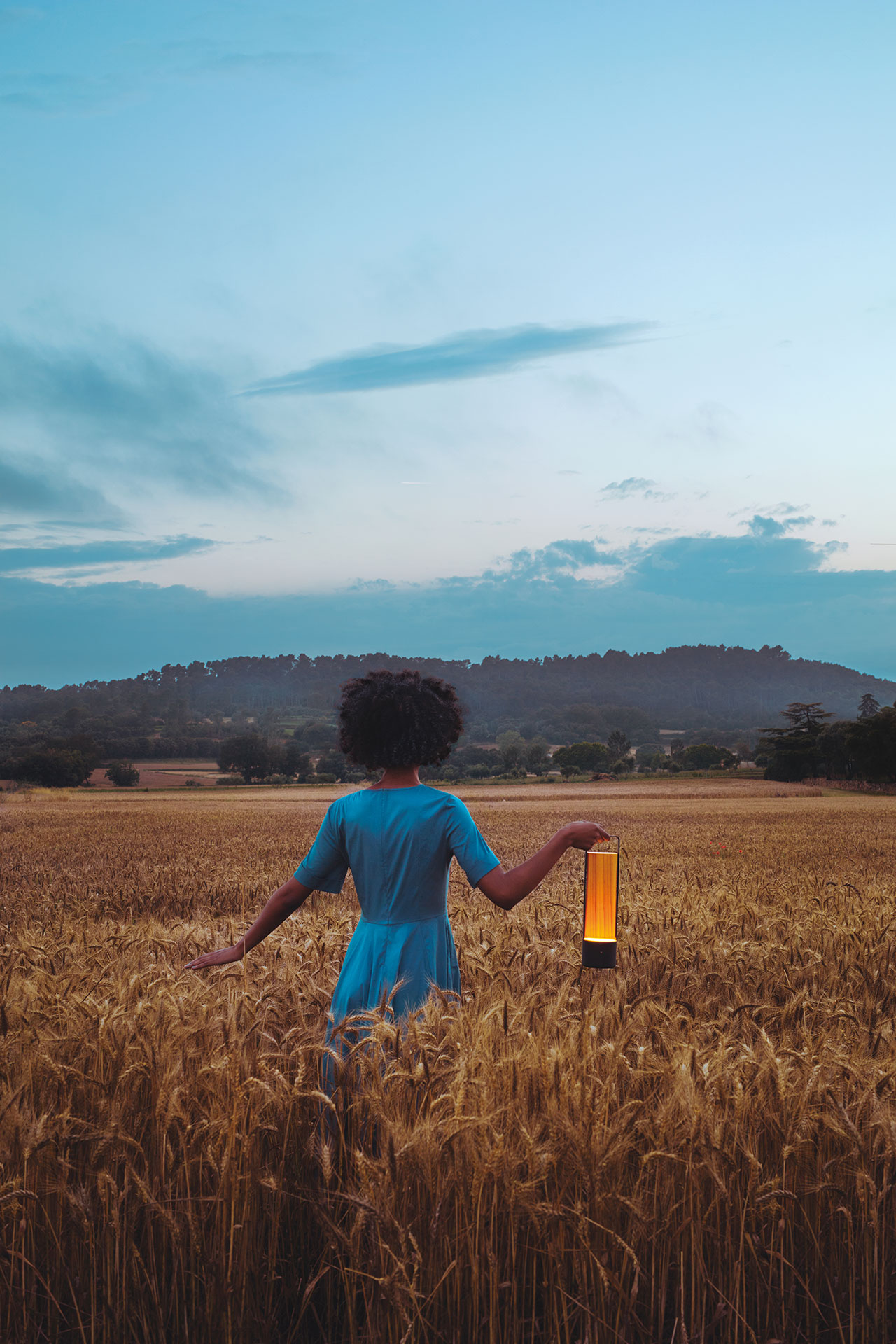
Piknik M portable lantern by Macalula. Photo by KlunderBie Studio.
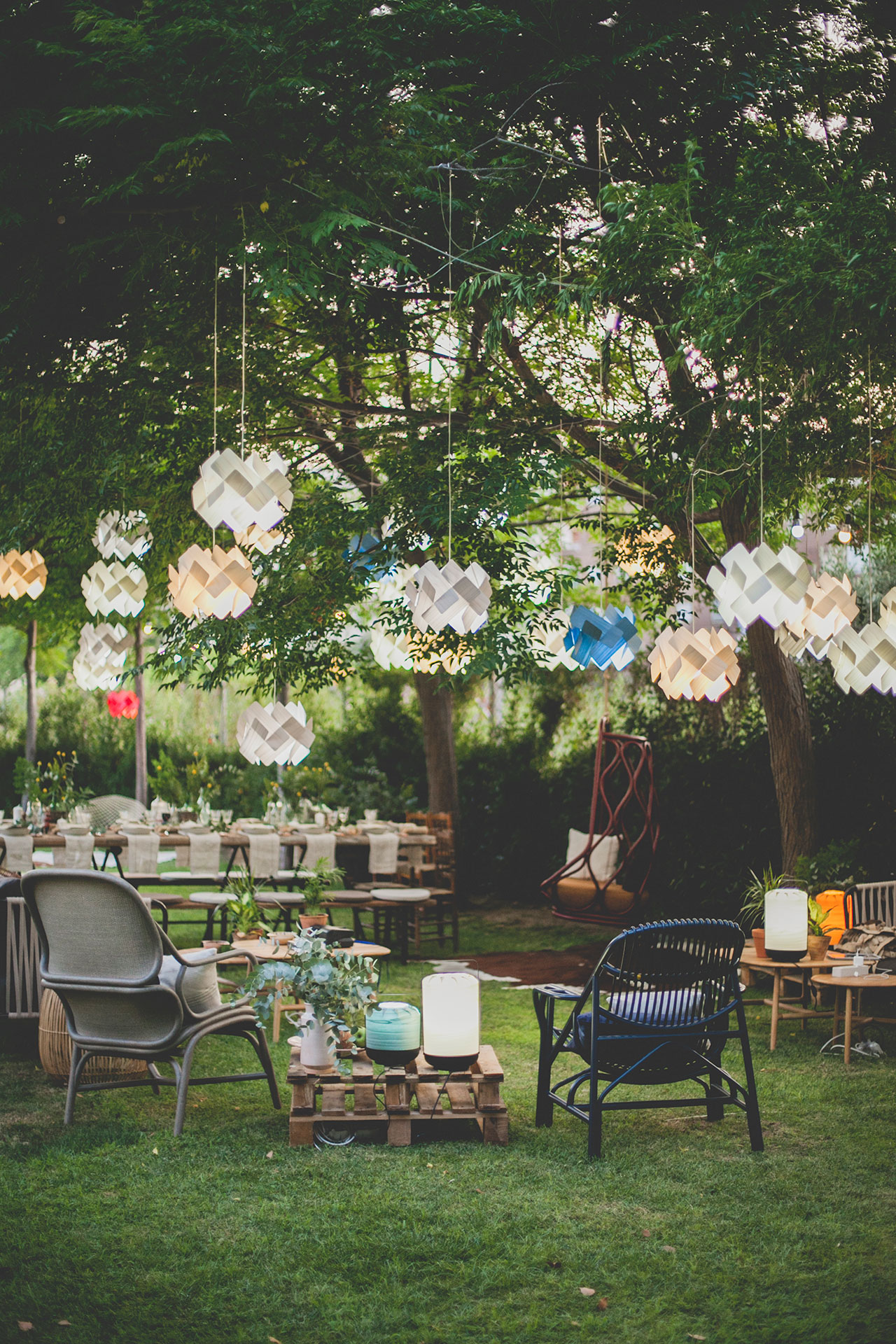
LZF lamps Bloggers Banquet event. Photo by Maria Mira.
On reflection, dress-making seems the most apt analogy for LZF’s manufacturing process which at the center entails drawing and cutting patterns and then creating three-dimensional objects out of those two-dimensional pieces. Straightforward as this sounds, it takes anywhere from a few months to several years to bring a product from the sketch pad to the stores, a creative process that Sandro fittingly compares to preparing a dish: some are simple and fast to make, others more elaborate and time-consuming, but all of them should be as delicious, or in design terms, as effective.
The Funny Farm project is another example of LZF’s willingness to continuously expand its creative horizons. Having already collaborated with award-winning Spanish designer Isidro Ferrer on the company’s logo in 2008, and having established a relationship of mutual admiration and respect, LZF gave Ferrer a carte blanche to come up with ideas for a new series of artifacts. Inspired from LZF’s products, Ferrer came back with a family of 19 wooden animal decorative figurines in Spanish cedar, African ebony, black hyedua and other exquisite softwood and hardwood types - all procured from sustainable sources and sporting FSC certification - that reflect LZF’s playful and inventive use of wood. The design process did not stop there though; LZF not only produced Ferrer’s designs, but was also inspired to create Life Size, a new lamp series of oversized, animal-shaped lamps. This in turn led to LZF’s most ambitious design to date, the Koi suspension lamp, a giant carp made from overlaying wooden slats-cum-scales that measures over three meters long. Conceived and arranged by Mariví Calvo Koi is an illuminated sculptural wonder of exquisite craftsmanship, but more than that, is the epitome of a creative process that is based on positive feedback and risk taking.
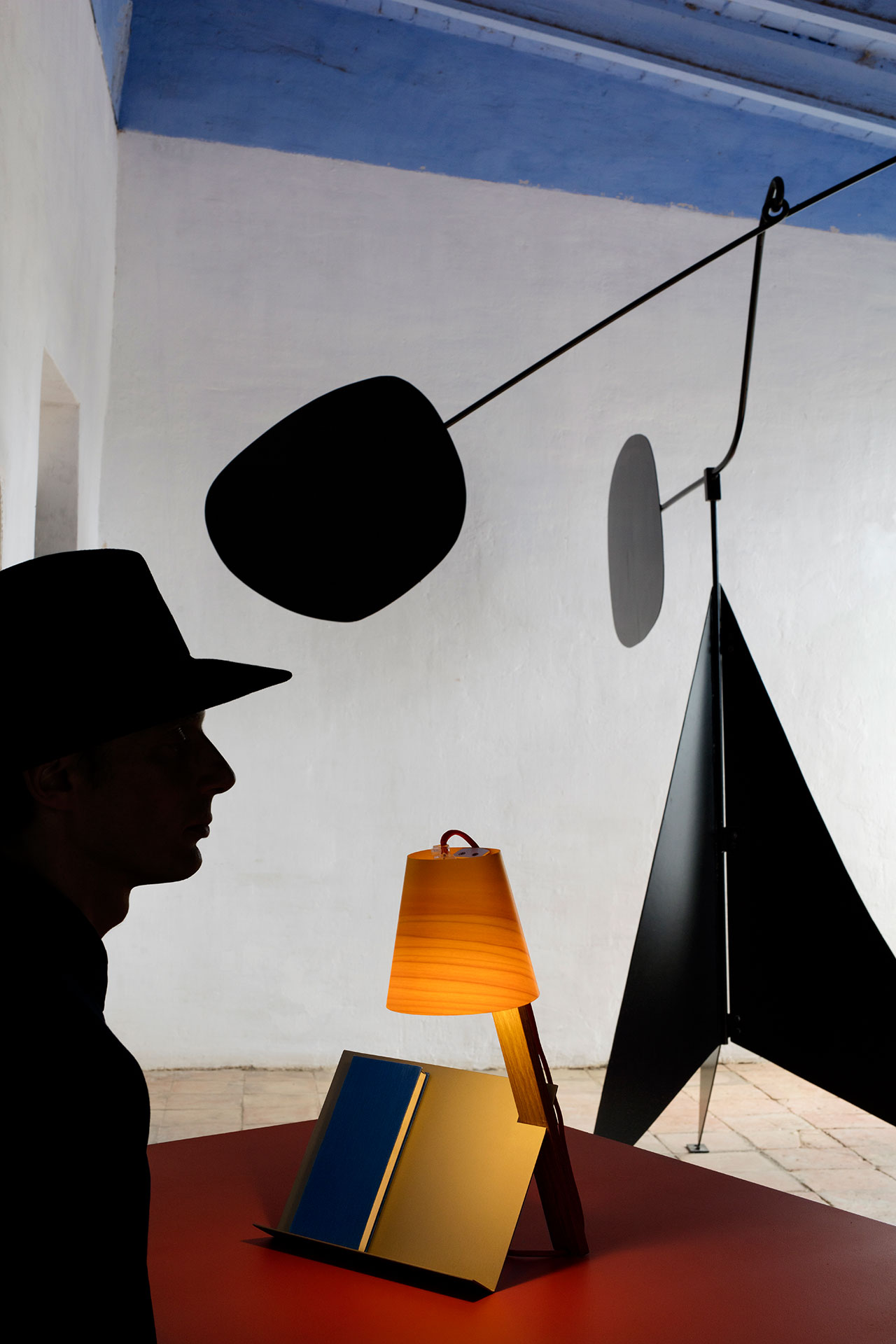
Asterisco table lamp by Cuatro Cuatros, from the Palacio de Casavells photo shoot. Photo by KlunderBie Studio.

Escape pendant lamp by Ray Power, LZF’s “high fidelity” collection. Photo © LZF.
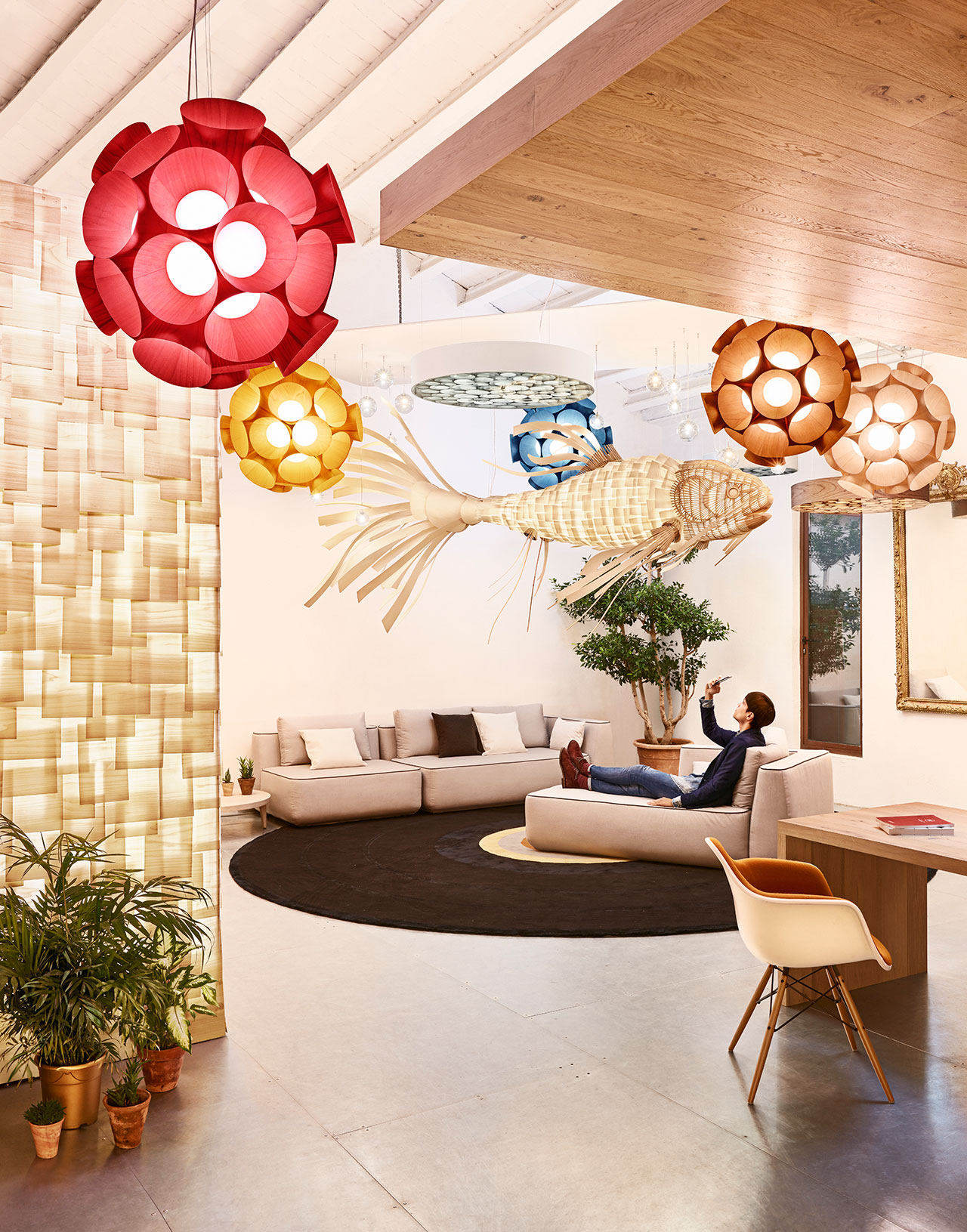
Pictures of Lzf Lamps’ showroom, displaying different models of lamps. Photo © LZF Lamps.
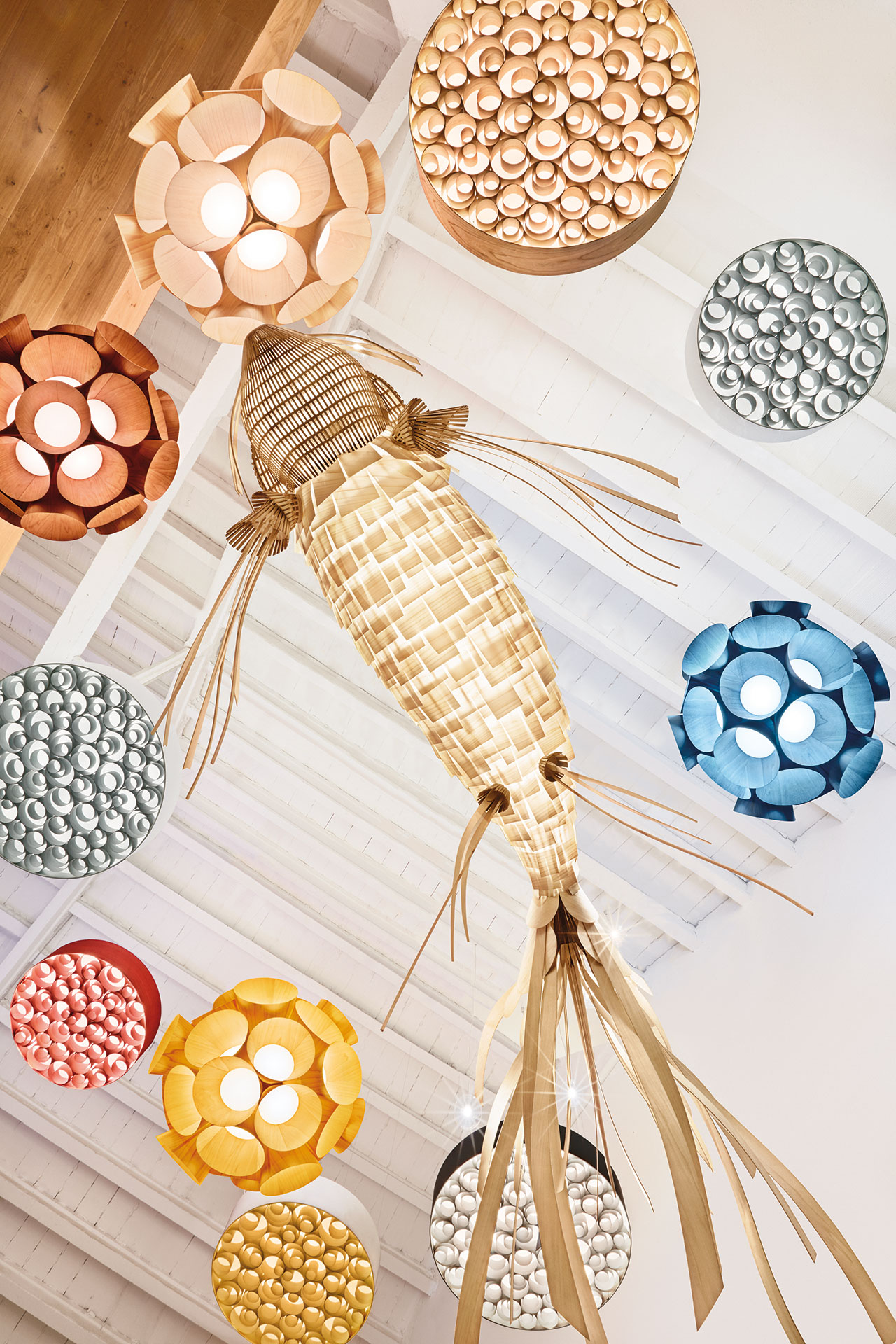
Coinciding with the release of the latest James Bond film, Spectre, LZF’s had a collection of sales reps from the USA blindfolded and flown over to LZF headquarters, in the deepest darkest parts of Valencian foothills for a secret mission. Photo by Maria Mira.
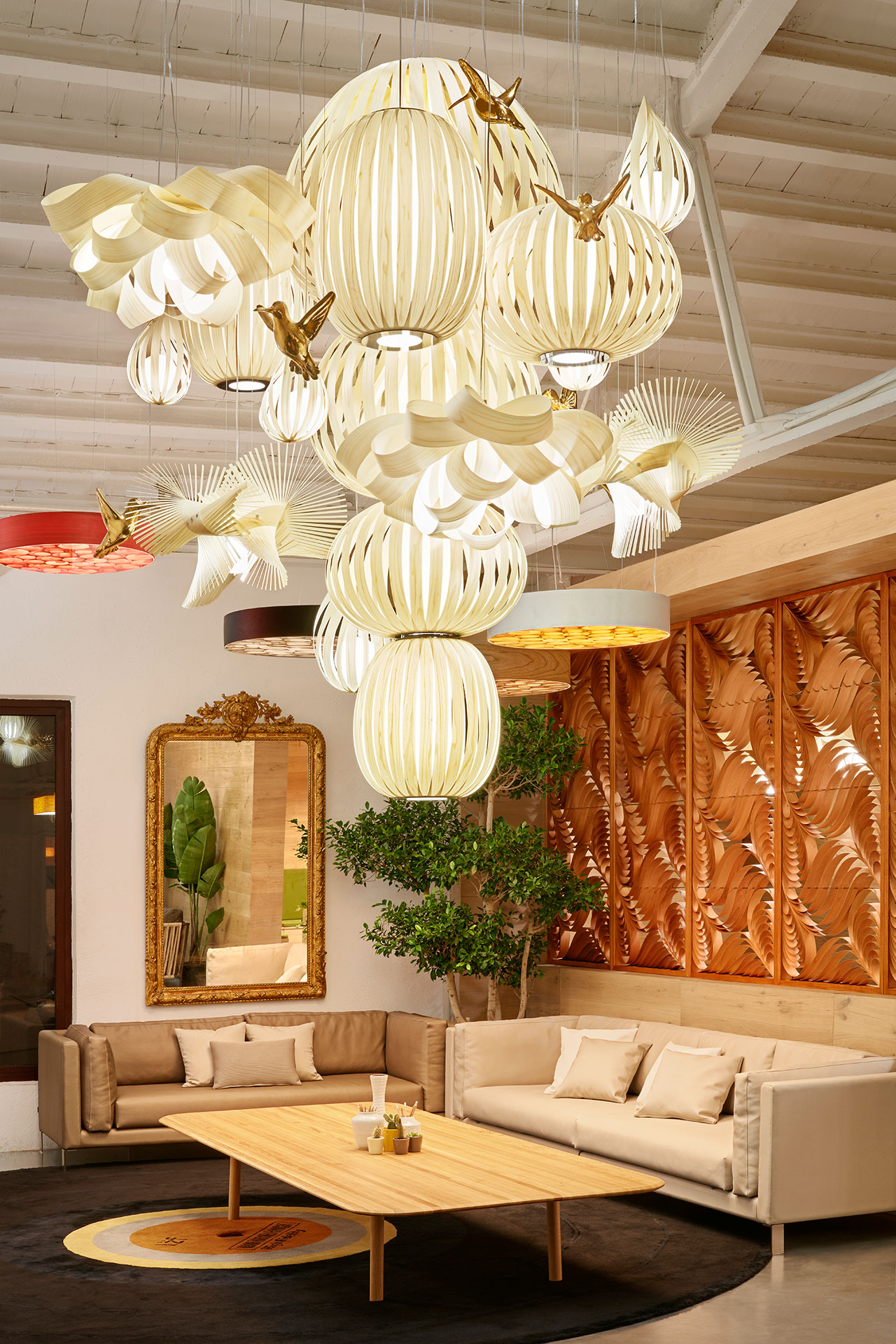
Coinciding with the release of the latest James Bond film, Spectre, LZF’s had a collection of sales reps from the USA blindfolded and flown over to LZF headquarters, in the deepest darkest parts of Valencian foothills for a secret mission. Photo by Maria Mira.
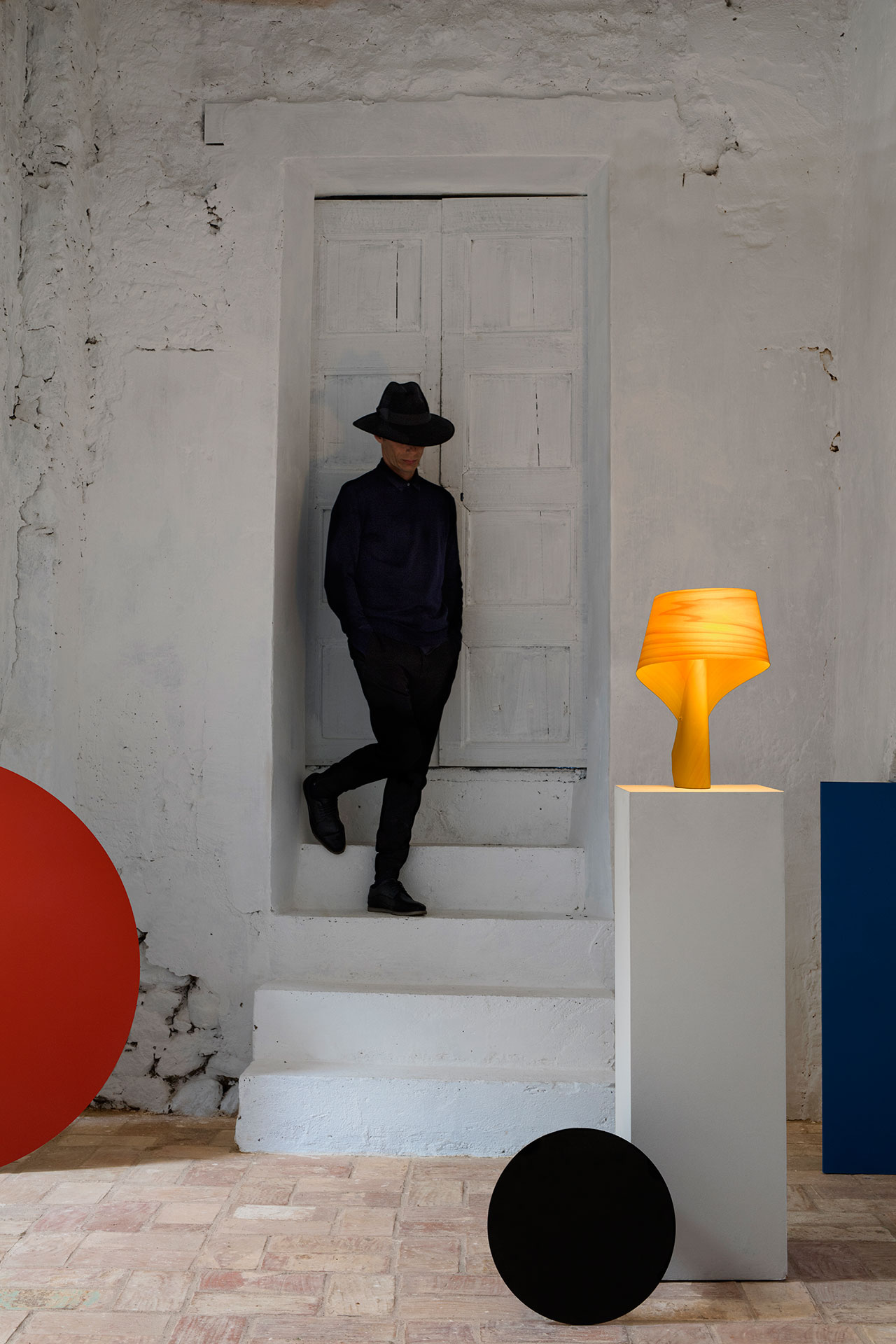
Air table lamp by Ray Power, from the Palacio de Casavells photo shoot. Photo by KlunderBie Studio.
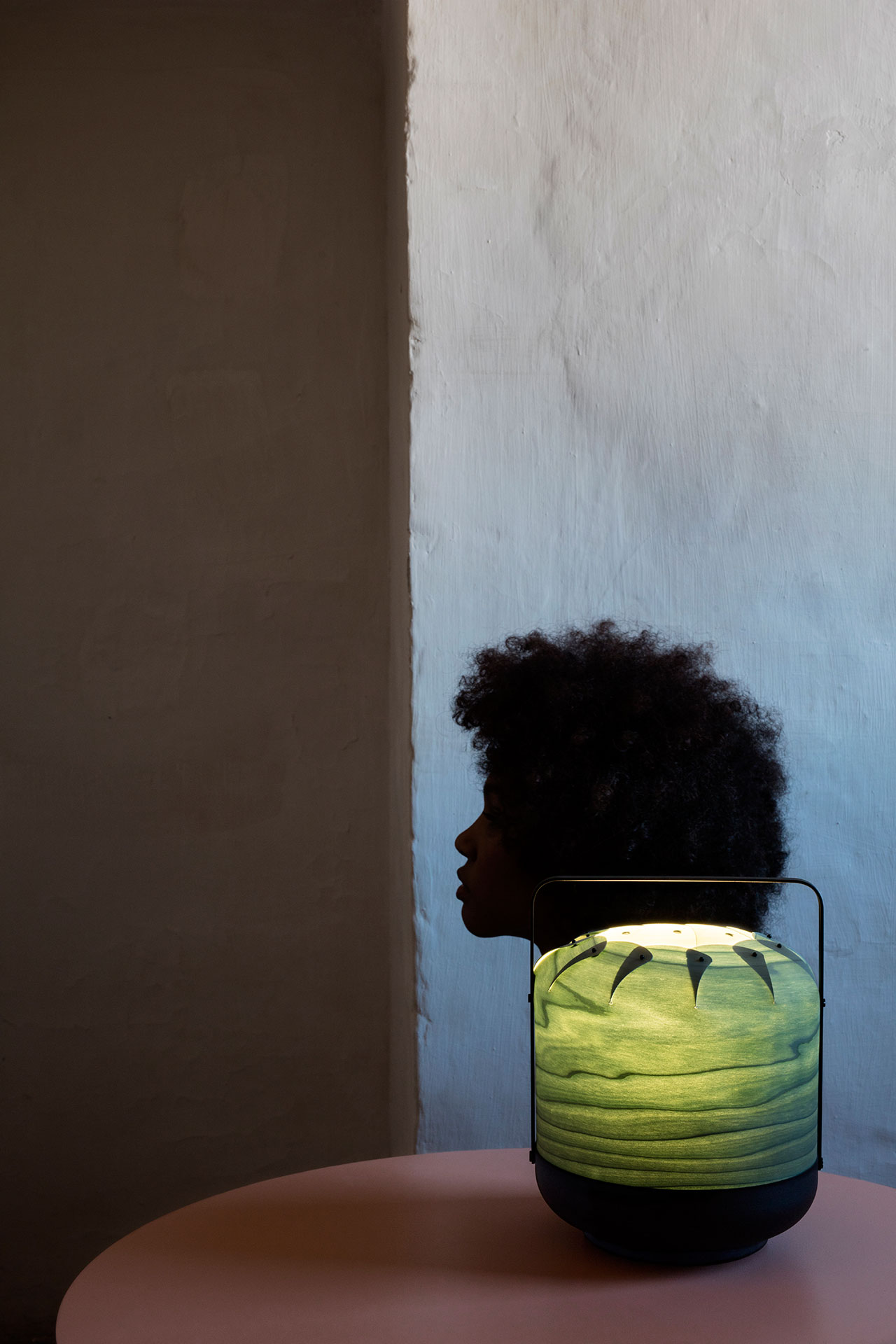
Chou table lamp by Yonoh Studio Creative, from the Palacio de Casavells photo shoot. Photo by KlunderBie Studio.

Dandelion pendant lamp by Burkhard Dämmer, from the Palacio de Casavells photo shoot. Photo by KlunderBie Studio.
The broadminded and inventive sensibility of LZF, whose cheeky logo features punctuation-like devil's horns, is not restricted to product development and designer collaborations. As creative director, Mariví—an artist in her own right with several exhibitions on both sides of the Atlantic under her belt as well as designer of several lamp collections including the pluralistic Candelabro chandelier, an eclectic assemblage of LZF’s pendant lamps that hover tightly together among suspended golden birds—has been instrumental in developing the company’s multidisciplinary and innovative marketing campaigns that have expanded beyond photography and video to embrace graphic design, storytelling and even music.
Take for example 2013’s High Fidelity, a 12 lamp collection accompanied by a 12-track music album composed by Los Angeles based Etienne Stehelin, a.k.a. Rithma, as well as corresponding album covers, posters and animations that paid tribute to the jazz records of the 60s and the popular soundtrack themes of the 70s. Or the Telling Tales 2016 campaign, a collection of original stories by Spanish writer and novelist Grassa Toro, set in the 50s and brought to life in a series of evocative and sumptuous photographs inspired by painter Edward Hopper’s paintings and Alfred Hitchcock’s Rear Window.
Be it their extraordinary variety of its products, innovative approach to wood-crafting, ambitious collaborations with unique designers, avant-garde marketing campaigns or the intriguing events for bloggers and agents, one thing is for sure: LZF tackles every aspect of its business with the same passion, excitement and creativity that led Mariví and Sandro to embark on their visionary journey of lamp making more than twenty years ago.
LZF Lamps - High Fidelity Designer Lighting Collection 2013.
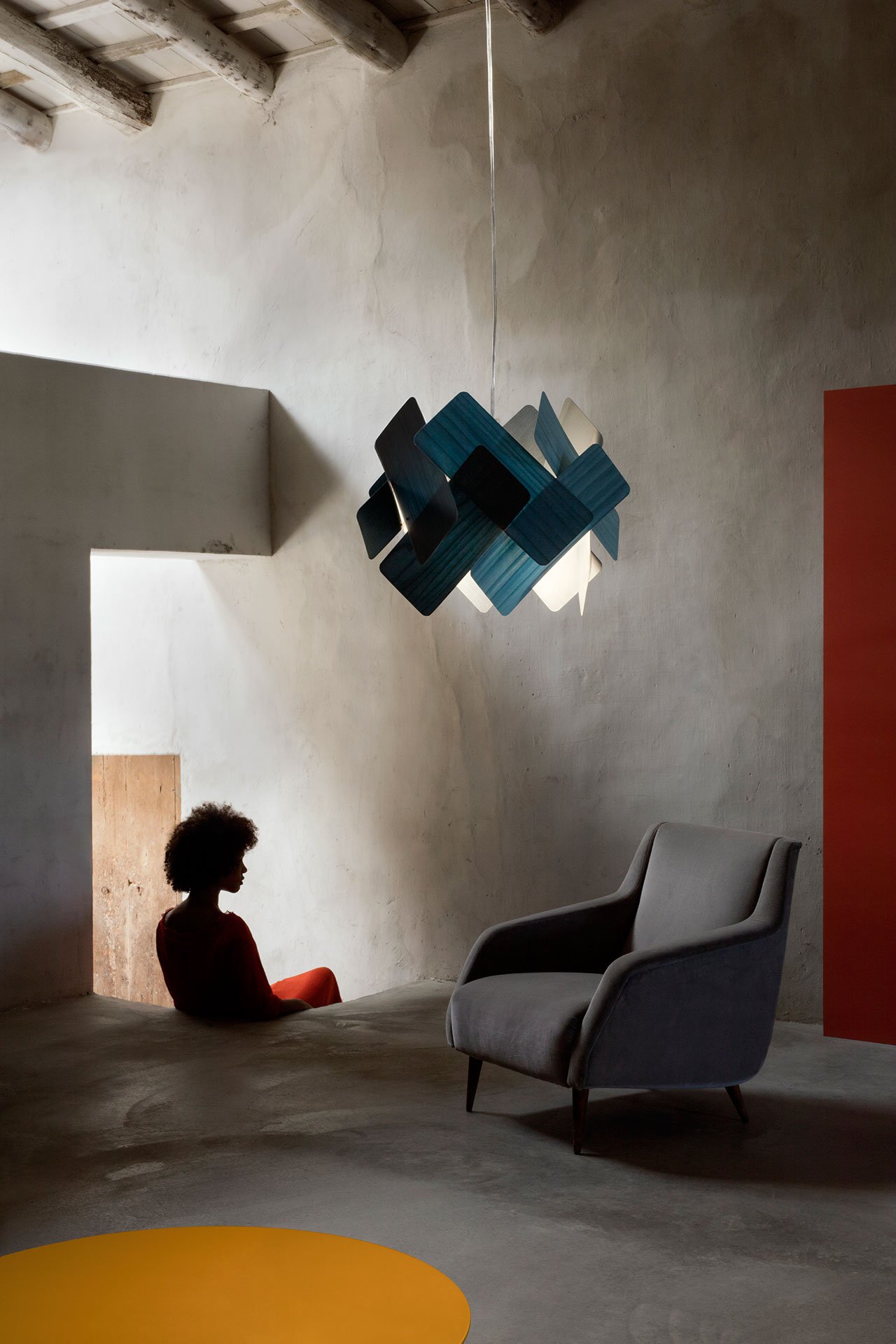
Escape pendant lamp by Ray Power, from the Palacio de Casavells photo shoot. Photo by KlunderBie Studio.
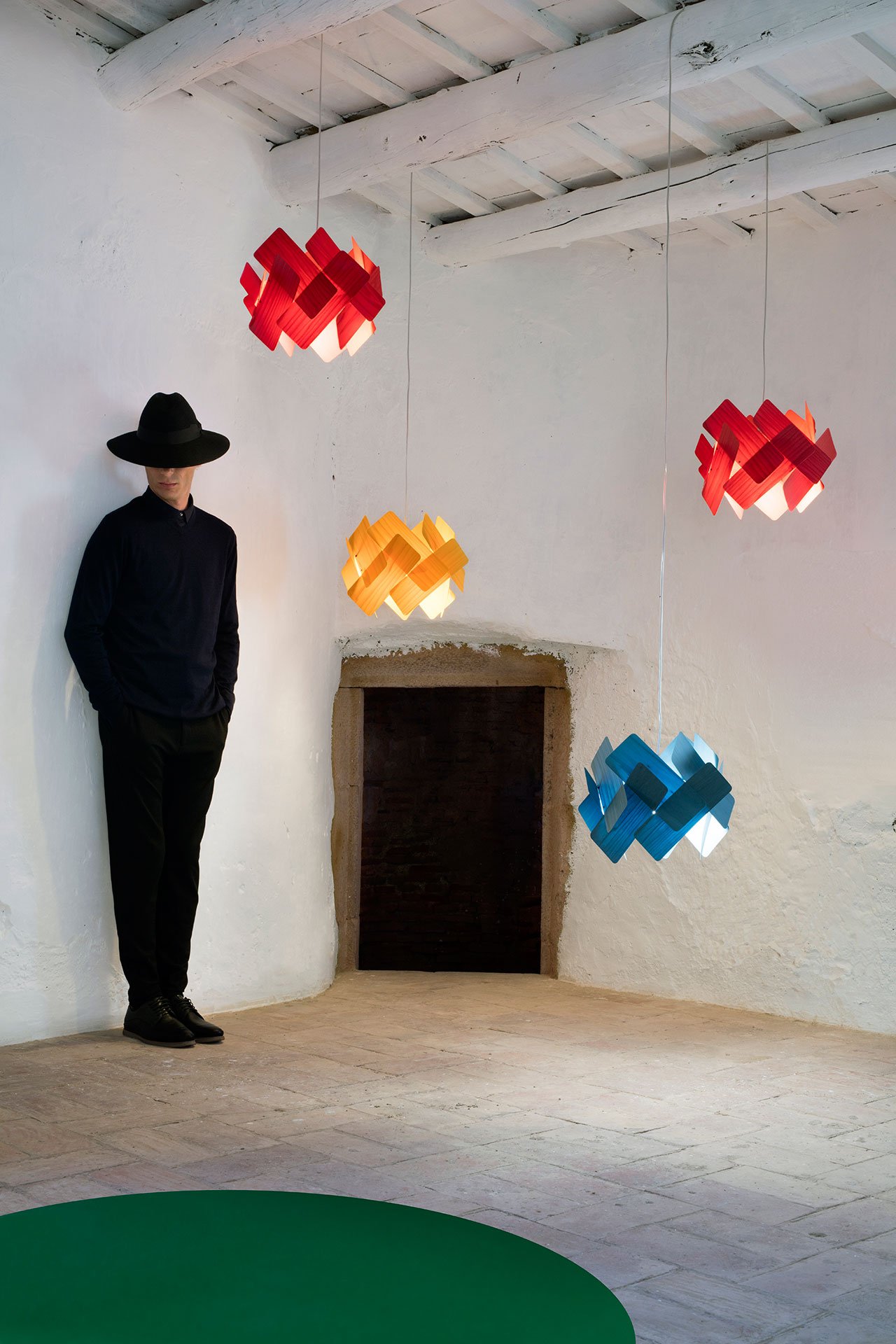
Escape pendant lamp by Ray Power, from the Palacio de Casavells photo shoot. Photo by KlunderBie Studio.
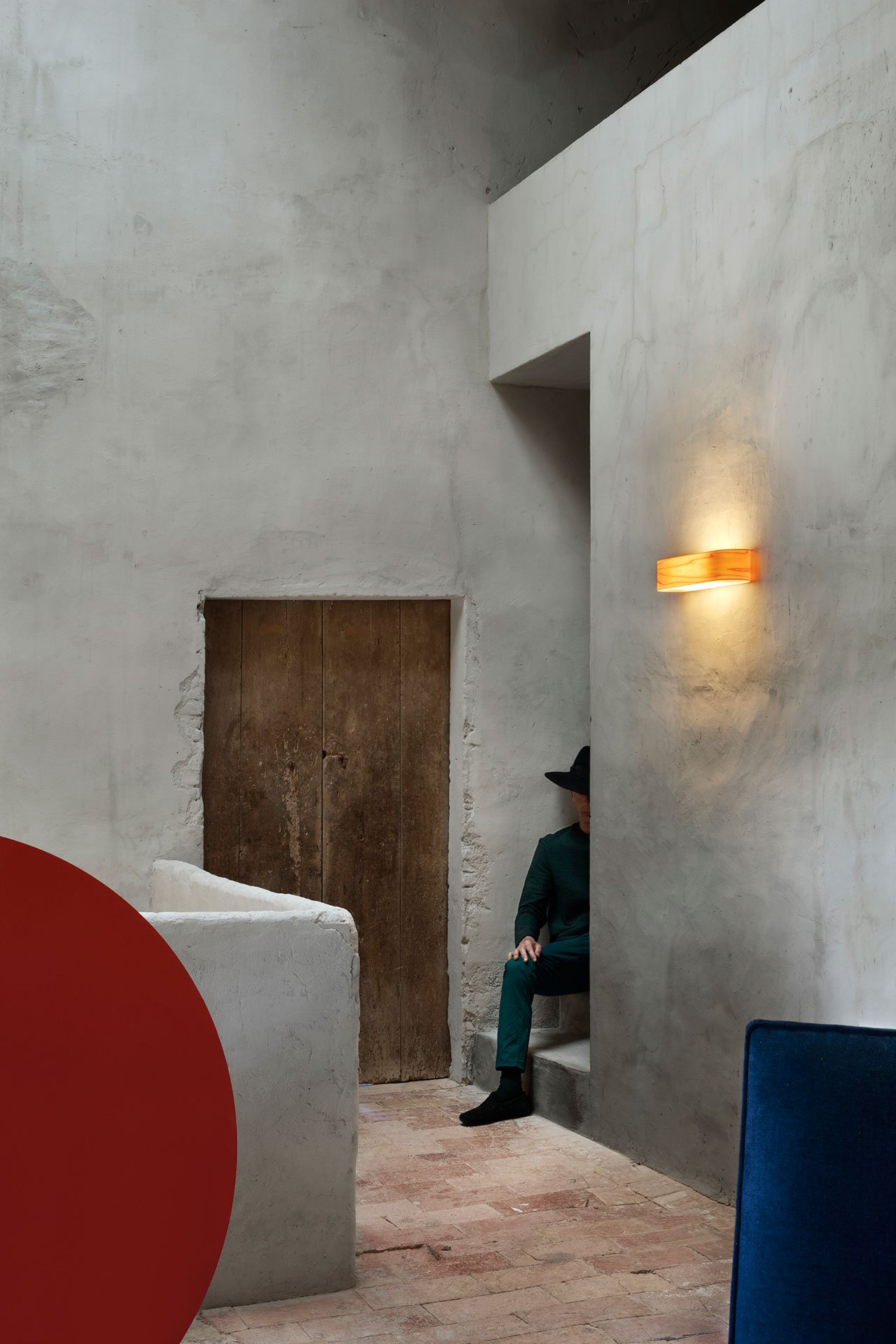
I-Club wall lamp by Burkhard Dämmer, from the Palacio de Casavells photo shoot. Photo by KlunderBie Studio.
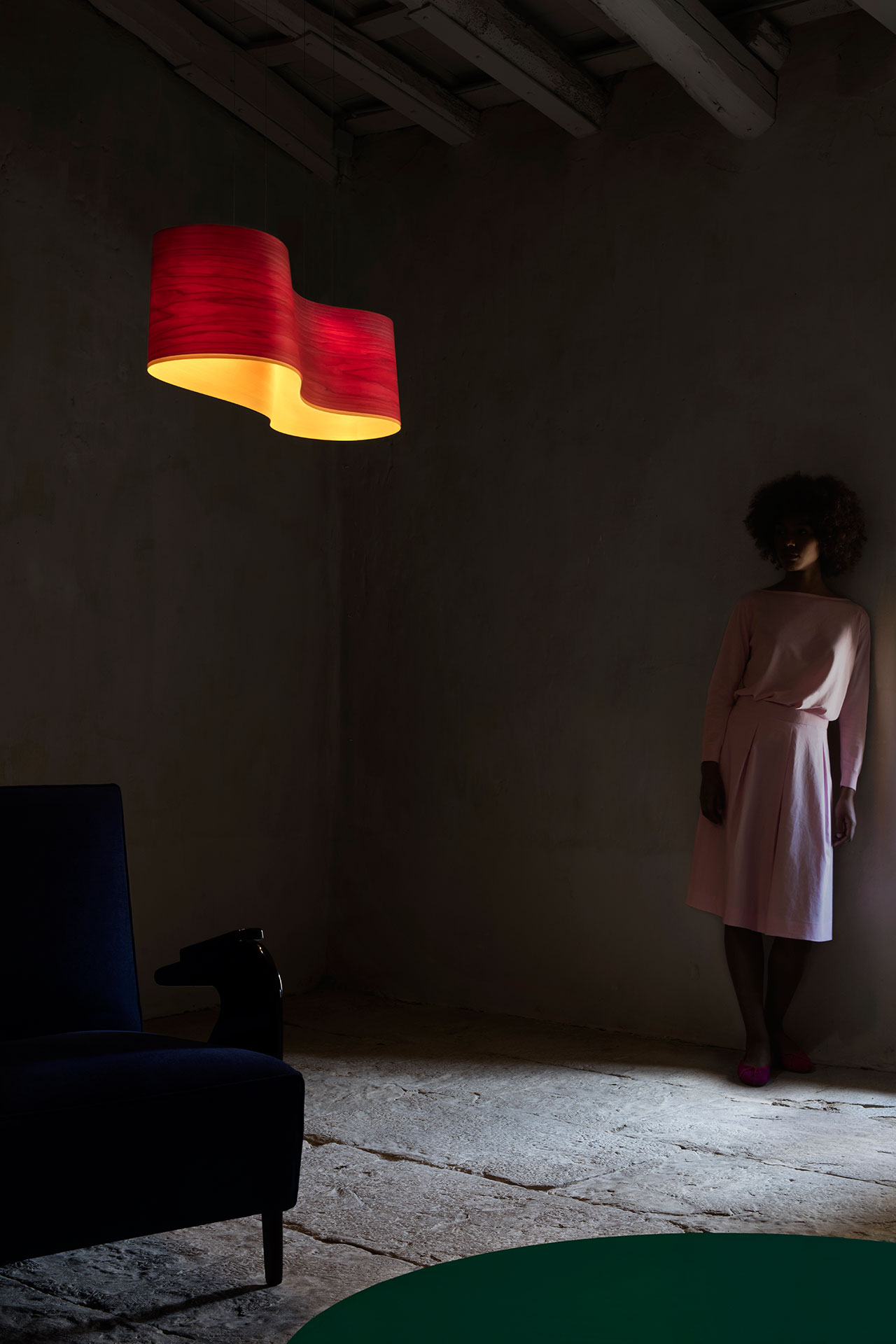
New Wave Pendant lamp by Ray Power, from the Palacio de Casavells photo shoot. Photo by KlunderBie Studio.
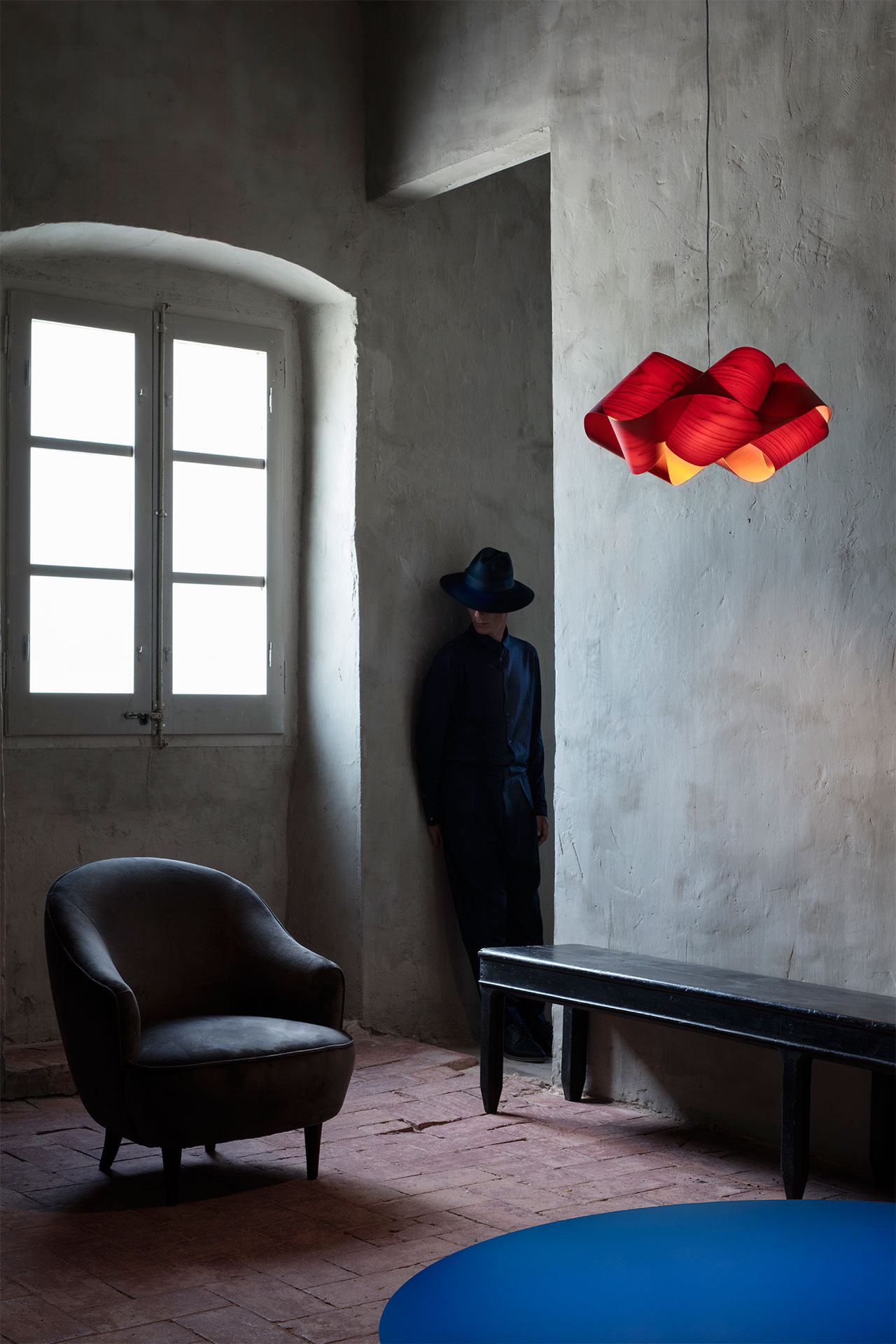
Swirl pendant lamp by Ray Power. Photo by KlunderBie Studio.

Totem pendant lamp by Burkhard Dämmer, from the Palacio de Casavells photo shoot. Photo by Klunderbie.
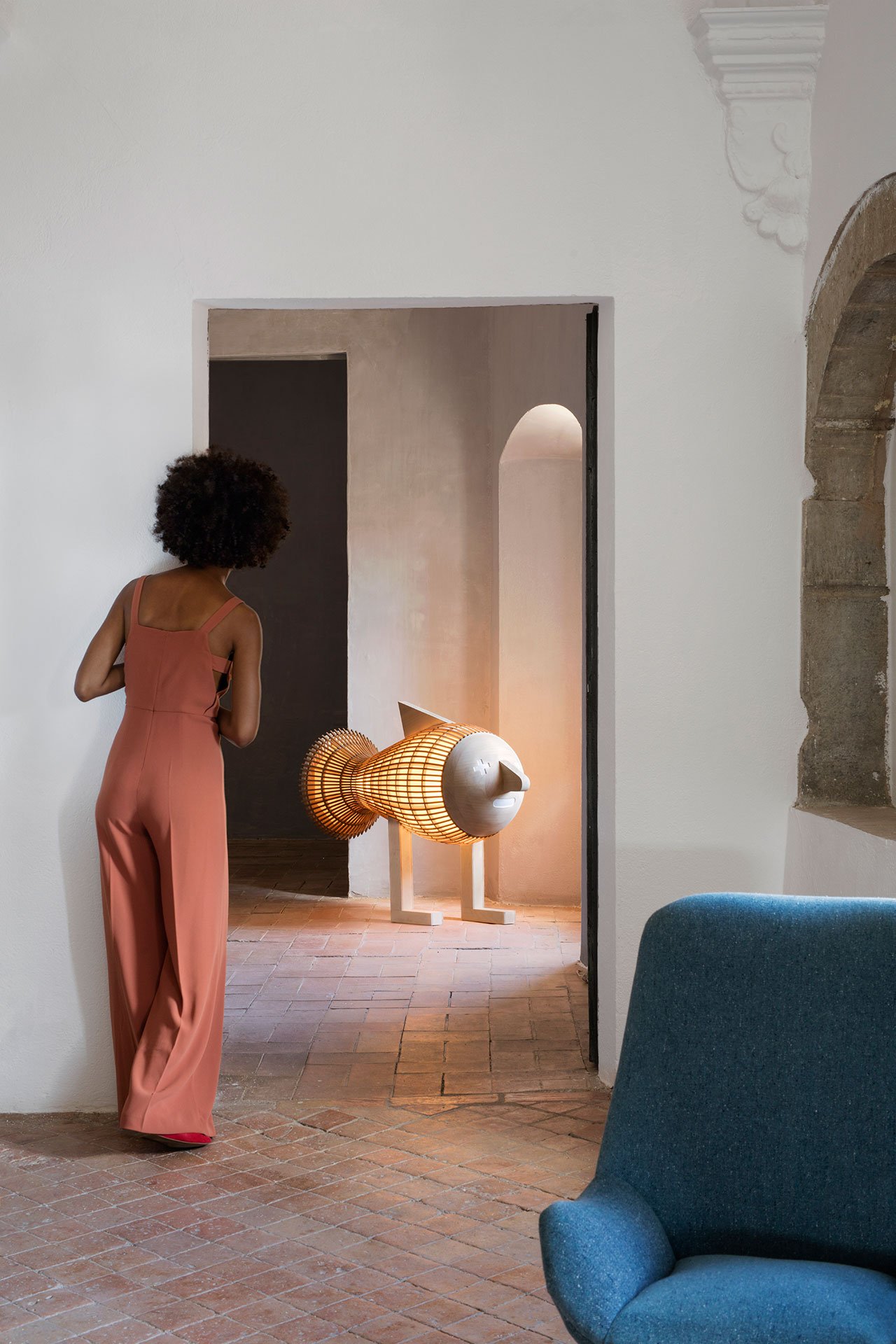
Fish LS floor lamp by Isidro Ferrer, from the Palacio de Casavells photo shoot. Photo by KlunderBie Studio.

Telling Tales: Illuminated stories, LZF’s communication campaign for 2016. Photo by Maria Mira and Cualiti.
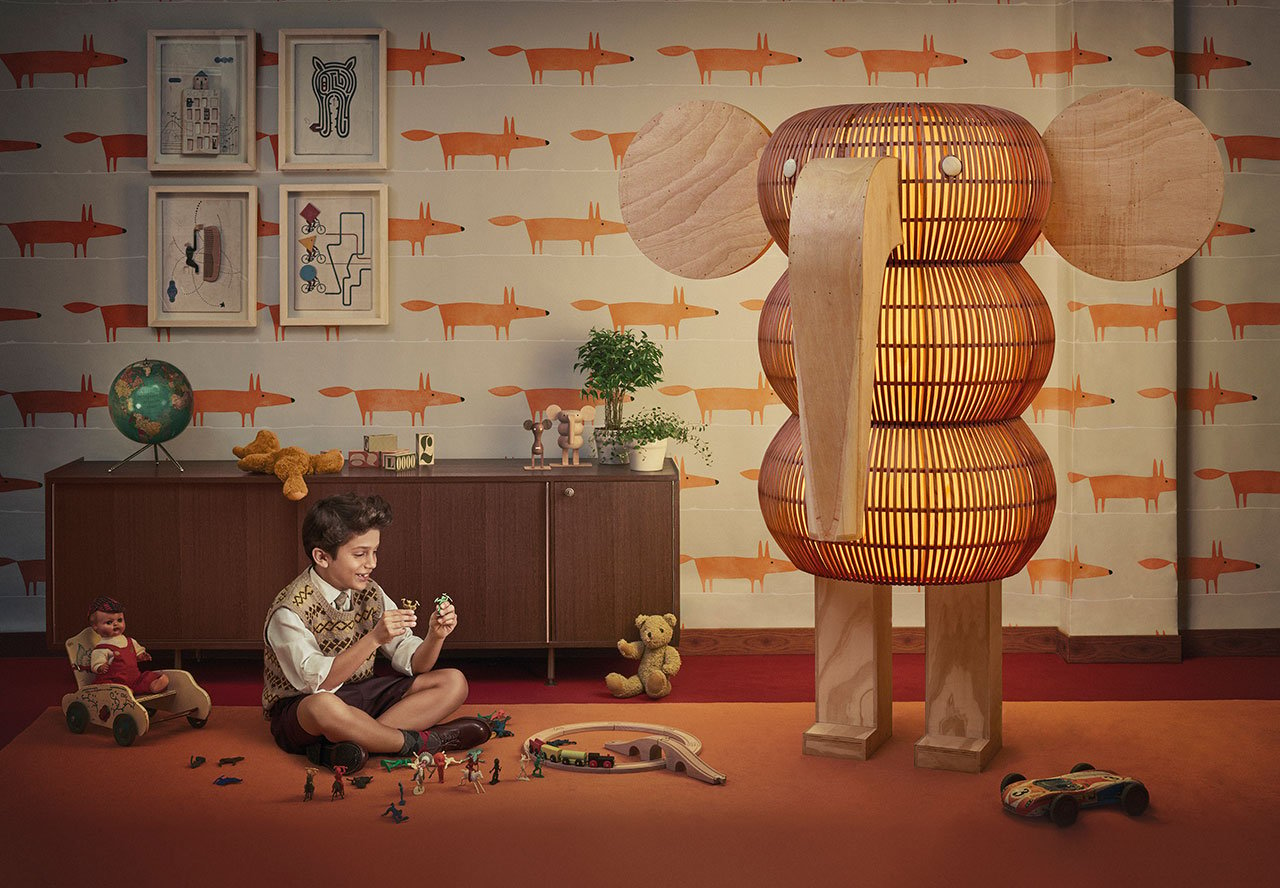
Telling Tales: Illuminated stories, LZF’s communication campaign for 2016. Photo by Maria Mira and Cualiti.
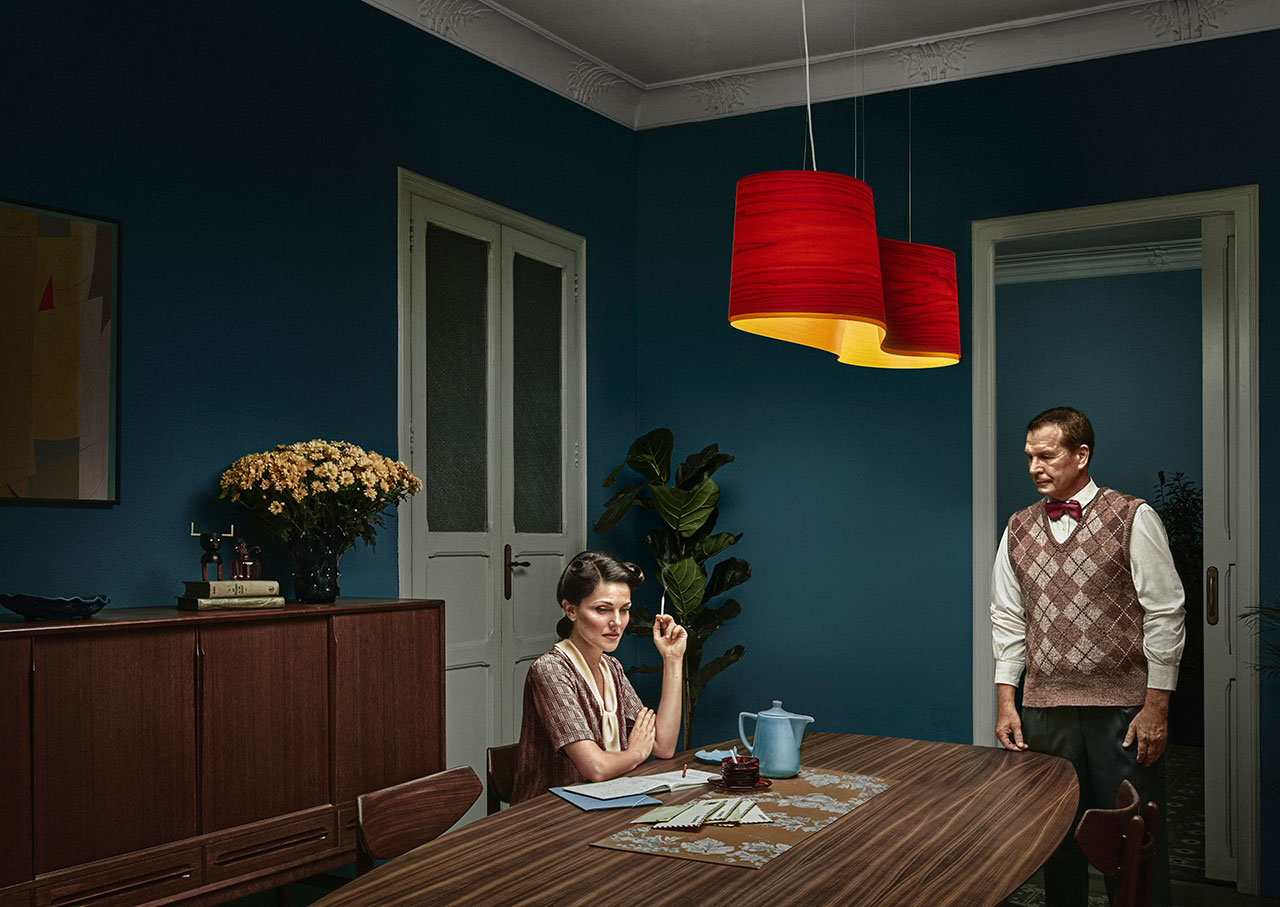
Telling Tales: Illuminated stories, LZF’s communication campaign for 2016. Photo by Maria Mira and Cualiti.















